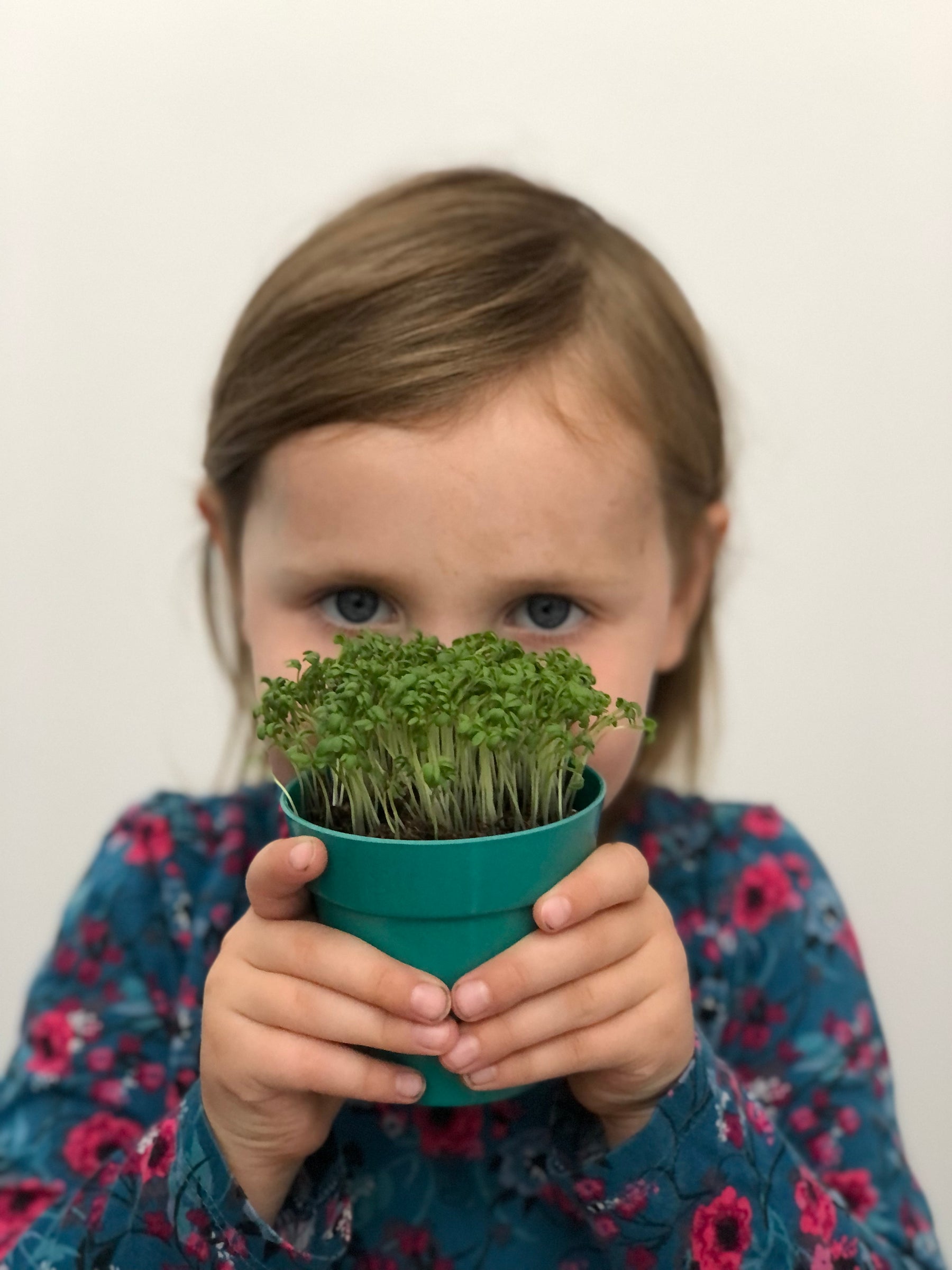
Gardening for Kids' Guide to Growing from Seed
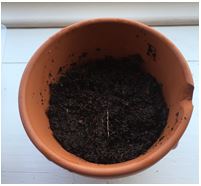
Step 2: Place your seeds carefully on the surface of the compost and sprinkle some more compost over them to cover them. Don’t bury them too deep, especially for tiny seeds like strawberries, just cover them with a very thin layer.
Step 3: If you kit comes with a lid, put the lid over the tray. If your kit does not have a lid, put a plastic bag over the pot and secure it with an elastic band. The lid or bag helps to keep warmth and moisture in.
Step 4: Put your seeds in a warm place, such as a sunny windowsill.
Step 5: Check your seeds every day. Make sure the compost is damp but not soggy. Seeds take different lengths of time to germinate. Large seeds like sunflowers or pumpkins may only take a few days. Other such as strawberries, peppers, nasturtiums, tomatoes or carrots may take much longer. Be patient!
Step 6: Eventually your seeds will germinate. You will see tiny shoots with two leaves emerge from the soil. These first leaves are called ‘seed leaves’. You can now take the lid off the tray or remove the plastic bag.
Step 7: Keep your plants in a light place, turning them round regularly to keep them growing straight up and not bending to one side to face the light. Water them only when the compost seems dry.
Step 8: Eventually, the plants will get too big for the small pot or tray and are ready to be moved to bigger pots to carry on growing. You know the time is right when roots start sticking out of the bottom of the pot.
Step 9: Fill up a larger pot with compost. Very gently tease the young plants out of the tray or small pot. Hold them by their leaves only, not the stem and try not to damage too many roots. Now plant each one by itself in a larger pot. If you're looking for pots, try our Rainbow set of eco-friendly bamboo pots.
Step 10: Keep them in a warm, light place. In late May, put them outside during the day, but bring them back in at night, to get them used to being outside.
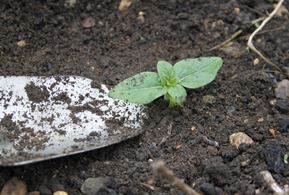

We hope that helps! If you have any problems or questions, please get in touch with us; we’re happy to help! You can also visit the RHS to get more information about how to care for your individual plants.






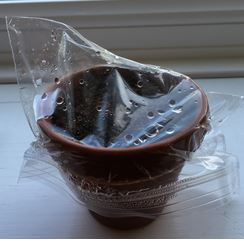
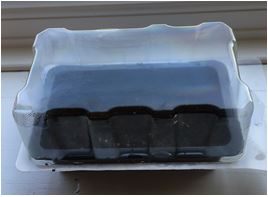
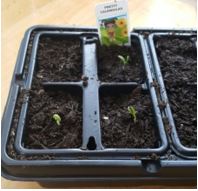
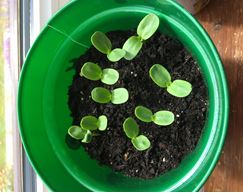
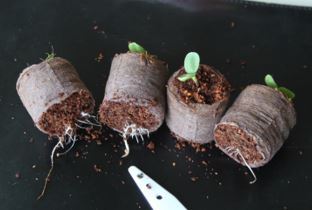
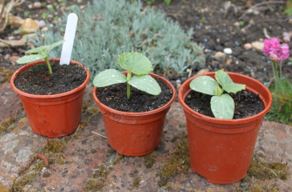
Leave a comment